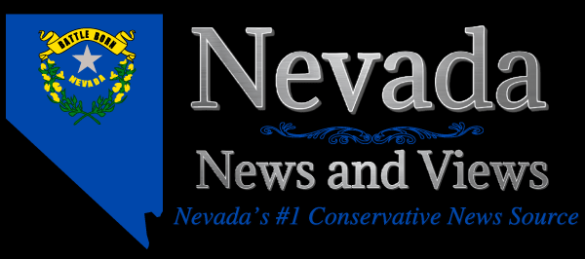What’s Happening
A Nevada voter named Juan Medina just filed a lawsuit to stop a new ballot measure from reaching voters. The measure would create an independent redistricting commission in Nevada. That’s a group of people who would draw the lines for voting districts instead of letting elected lawmakers do it.
Medina says the ballot initiative breaks Nevada’s constitution. His main argument? It would cost the state money but doesn’t say where that money would come from. In Nevada, you can’t force the government to spend money without also saying how to pay for it. That’s called an unfunded mandate, and the state constitution doesn’t allow it.
The lawsuit also points to an earlier court case from May 2024 called Jeng v. Aguilar. In that case, the Nevada Supreme Court blocked two nearly identical ballot initiatives for the same reason. The court said hoping for savings from other areas wasn’t enough. The initiatives had to include their own revenue source.
The Background
This isn’t the first time someone has tried to create an independent redistricting commission in Nevada. Fair Maps Nevada, led by Sondra Cosgrove, pushed the earlier initiatives that the court struck down.
Fair Maps argued that commissioners could work as volunteers and that money saved from not having the legislature do redistricting could pay for the commission. The Nevada Supreme Court disagreed. The court said the constitution requires ballot initiatives to raise their own revenue, not just rely on hoped-for savings.
That earlier lawsuit was filed by Democratic voter Eric Jeng. The Democratic majority in the legislature supported the challenge. Democrats currently control the legislature and drew the district maps in 2021 in ways that helped their party.
Now, a new similar initiative is being challenged again before it can reach the ballot. Medina wants Secretary of State Francisco Aguilar to keep it off the ballot entirely.
Why This Is Complicated
Running a redistricting commission costs real money. These commissions need staff, offices, mapping software, lawyers, and public meetings across the state. Other states have spent millions on their commissions.
But there’s a legal catch-22 here. If sponsors don’t include a funding source, the initiative violates the unfunded mandate rule. But if they do add a funding source, like raising marijuana taxes, opponents could challenge it under Nevada’s single-subject rule. That rule says ballot questions can only ask voters about one thing at a time.
Different Views on the Issue
Supporters of independent redistricting commissions say the current system lets politicians pick their voters instead of voters picking their politicians. When lawmakers draw their own district lines, they can create maps that favor their party. That’s called gerrymandering.
They argue an independent commission would be more fair and less political. Citizens, not politicians, would decide district boundaries.
Defenders of the current system say elected lawmakers are accountable to voters. If people don’t like the maps they draw, they can vote them out. An unelected commission has no such accountability.
They also point out that Nevada’s constitution has clear rules about spending and ballot initiatives. Following those rules matters, even if it makes some reforms harder to pass.
The Ranked Choice Voting Connection
After the redistricting initiative failed, Cosgrove said she would focus on supporting a ranked choice voting measure instead. That measure would change how Nevada votes. It would create nonpartisan primaries where all candidates run together. Then it would use ranked choice voting in the general election. Voters would rank candidates in order of preference instead of picking just one.
Cosgrove said she’s “going to double down” on the ranked choice measure because “we need to have other mechanisms to get around gerrymandered maps.”
But ranked choice voting has its own critics. Many conservatives oppose it. They say it’s confusing and makes elections less transparent. Instead of the person with the most votes winning, complex calculations decide the winner. That can take days after the election to sort out.
Critics also argue ranked choice voting can help moderate or establishment candidates beat more conservative ones. In a crowded field, a candidate who is nobody’s first choice but everybody’s second choice can win. That pushes politics toward the middle and away from clear conservative principles.
Nonpartisan primaries can have the same effect. When all candidates run together, party labels matter less. Voters might not know which candidates share their values. It can also mean two Democrats or two Republicans face each other in November, taking choice away from voters who support the other party.
Some conservatives see the ranked choice measure as another way to reduce voter influence and make the system more complicated. They prefer the current system where party primaries let Republicans pick Republican candidates and Democrats pick Democratic candidates. Then voters get a clear choice in November.
What Could Happen Next
The court will decide whether this new redistricting initiative can appear on the ballot. Given that the Nevada Supreme Court already ruled against nearly identical measures last year, this initiative faces an uphill battle.
It seems unlikely that an independent redistricting initiative will make it onto the ballot this election cycle.
For now, Nevada’s district maps will continue to be drawn by whoever controls the legislature.
The opinions expressed by contributors are their own and do not necessarily represent the views of Nevada News & Views. This article was written with the assistance of AI. Please verify information and consult additional sources as needed.



